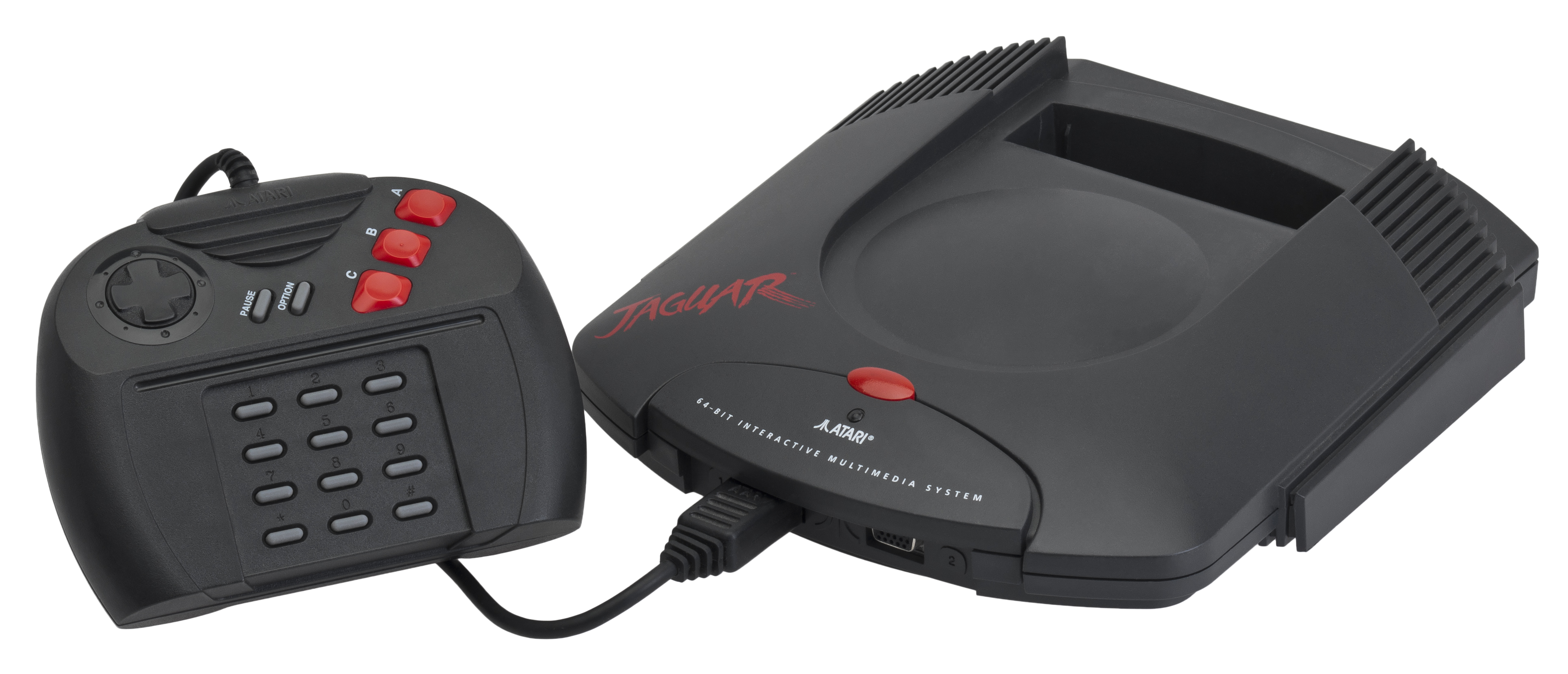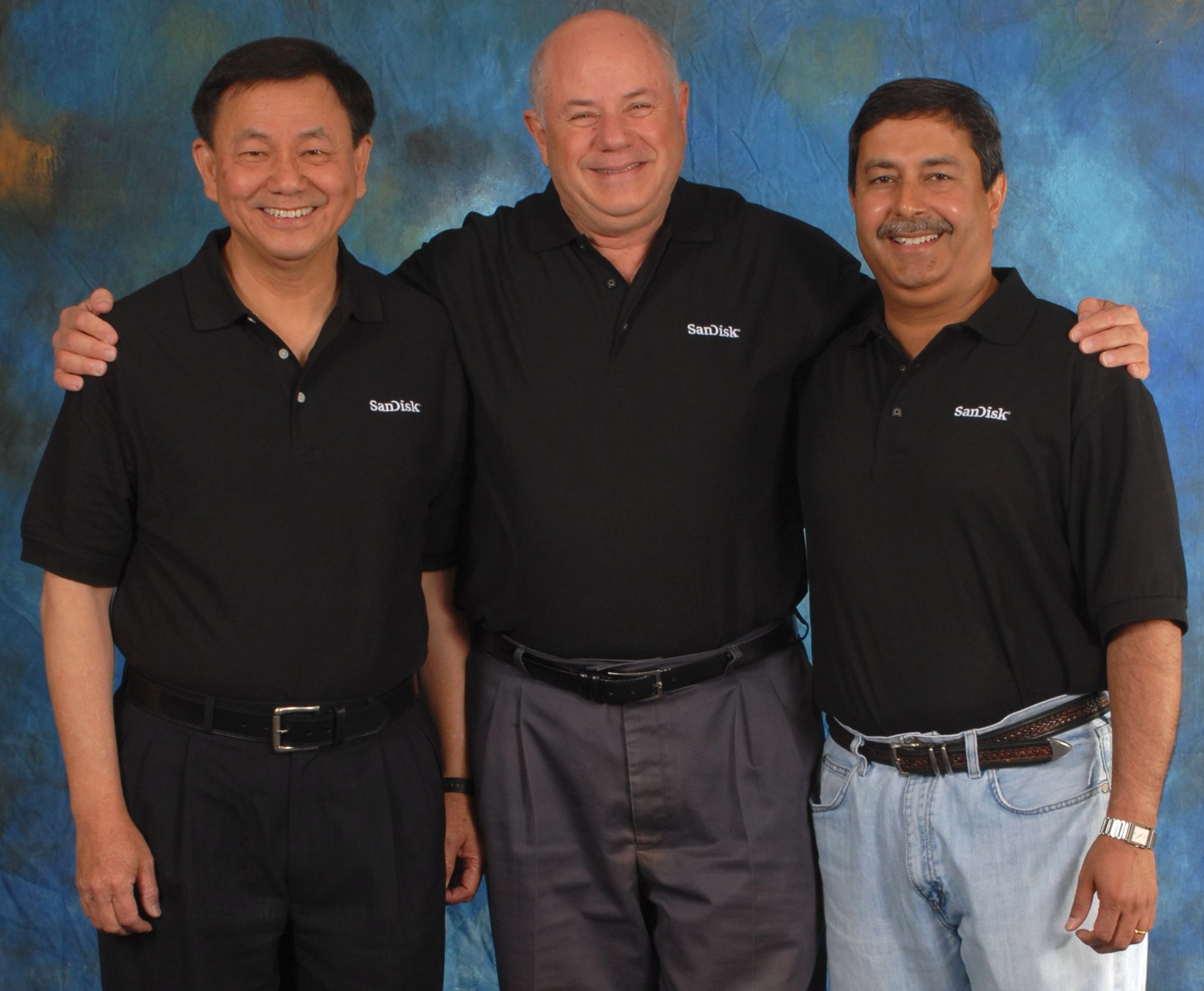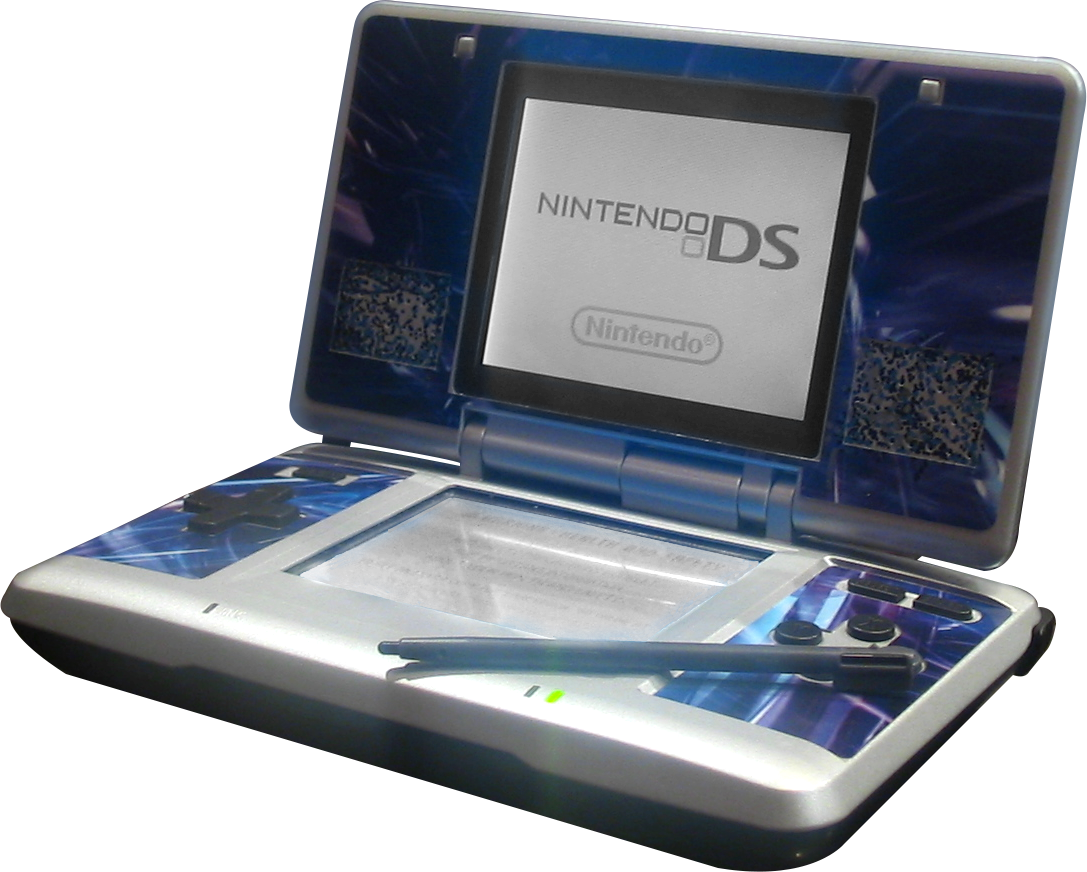|
Games 'n' Music
Datel Games 'n' Music, otherwise known as Games 'n' Music or GnM was a mass market Nintendo DS homebrew device sold by Datel at an MSRP of $40. It inserts into the DS card slot and loads games from a MicroSD card. Unlike most flash cartridges ( Flashcarts), Games 'n' Music does not officially support playing backup copies of DS game cards in order to showcase a product that is supportive of Nintendo as these backup copies are a major source of dispute within the Nintendo company. It was one of the few flash cartridges available in major American retail stores. Games 'n' Music allows the user to play Movies, Music, and Homebrew applications on the Nintendo DS. It was criticized for its low compatibility with homebrew applications, however, with developments such as DLDI this become a non-issue. The official product description states that the maximum supported MicroSD card size is 2 GB. Cards that are compatible include those made by Sandisk, Lexar, Kingston Kingston may refe ... [...More Info...] [...Related Items...] OR: [Wikipedia] [Google] [Baidu] |
Nintendo DS Homebrew
Homebrew, when applied to video games, refers to games produced by hobbyists for proprietary video game consoles which are not intended to be user-programmable. The official documentation is often only available to licensed developers, and these systems may use storage formats that make distribution difficult, such as ROM cartridges or encrypted CD-ROMs. Many consoles have hardware restrictions to prevent unauthorized development. A non-professional developer for a system intended to be user-programmable, like the Commodore 64, is simply called a ''hobbyist'' (rather than a ''homebrew developer''). Development can use unofficial, community maintained toolchains or official development kits such as Net Yaroze, Linux for PlayStation 2, or Microsoft XNA. Targets for homebrew games are typically those which are no longer commercially relevant or produced, and with lower standards in art quality, such as the Atari 2600, Nintendo Entertainment System, Wii, Nintendo 3DS, Genesis, Drea ... [...More Info...] [...Related Items...] OR: [Wikipedia] [Google] [Baidu] |
Datel
Datel (previously Datel Electronics) is a United Kingdom, UK-based electronics and video game console, game console peripherals manufacturer. The company is best known for producing a wide range of hardware and peripherals for home computers in the 1980s, for example replacement keyboards for the ZX Spectrum, the PlusD disk interface (originally designed and sold by Miles Gordon Technology) and the Action Replay series of video game cheating devices. Datel was founded by Mike Connors, who still runs the company and was featured in the Sunday Times Rich List, ''Sunday Times'' Rich List as one of the UK's top thousand richest people. History 1980s Datel started off selling AM Citizens' band radio, CB radio transceivers in the UK. These AM-band radios were made illegal in the UK and even the importing of them was deemed CB radio in the United Kingdom#Methods of transmission, illegal until 1981. Datel then started to import the CB radios in component form and build them up. The ... [...More Info...] [...Related Items...] OR: [Wikipedia] [Google] [Baidu] |
Suggested Retail Price
The list price, also known as the manufacturer's suggested retail price (MSRP), or the recommended retail price (RRP), or the suggested retail price (SRP) of a product is the price at which its manufacturer notionally recommends that a retailer sell the product. Suggested pricing methods may conflict with competition theory, as they allow prices to be set higher than would be established by supply and demand. Resale price maintenance—fixing prices—goes further than suggesting prices, and is illegal in many countries. Retailers may charge less than the suggested retail price, depending upon the actual wholesale cost of each item, usually purchased in bulk from the manufacturer, or in smaller quantities through a distributor. The suggested price is sometimes unrealistically high, so the seller can appear to be offering a discount. List price often cannot be compared directly internationally as products may differ in detail, sometimes due to different regulations, and list pr ... [...More Info...] [...Related Items...] OR: [Wikipedia] [Google] [Baidu] |
MicroSD
Secure Digital, officially abbreviated as SD, is a proprietary non-volatile flash memory card format developed by the SD Association (SDA) for use in portable devices. The standard was introduced in August 1999 by joint efforts between SanDisk, Panasonic (Matsushita) and Toshiba as an improvement over MultiMediaCards (MMCs), and has become the industry standard. The three companies formed SD-3C, LLC, a company that licenses and enforces intellectual property rights associated with SD memory cards and SD host and ancillary products. The companies also formed the SD Association (SDA), a non-profit organization, in January 2000 to promote and create SD Card standards. SDA today has about 1,000 member companies. The SDA uses several trademarked logos owned and licensed by SD-3C to enforce compliance with its specifications and assure users of compatibility. History 1999–2003: Creation In 1999, SanDisk, Panasonic (Matsushita), and Toshiba agreed to develop and market the S ... [...More Info...] [...Related Items...] OR: [Wikipedia] [Google] [Baidu] |
Nintendo DS Storage Devices
Homebrew, when applied to video games, refers to games produced by hobbyists for proprietary video game consoles which are not intended to be user-programmable. The official documentation is often only available to licensed developers, and these systems may use storage formats that make distribution difficult, such as ROM cartridges or encrypted CD-ROMs. Many consoles have hardware restrictions to prevent unauthorized development. A non-professional developer for a system intended to be user-programmable, like the Commodore 64, is simply called a ''hobbyist'' (rather than a ''homebrew developer''). Development can use unofficial, community maintained toolchains or official development kits such as Net Yaroze, Linux for PlayStation 2, or Microsoft XNA. Targets for homebrew games are typically those which are no longer commercially relevant or produced, and with lower standards in art quality, such as the Atari 2600, Nintendo Entertainment System, Wii, Nintendo 3DS, Genesis, Drea ... [...More Info...] [...Related Items...] OR: [Wikipedia] [Google] [Baidu] |
Gigabyte
The gigabyte () is a multiple of the unit byte for digital information. The prefix ''giga'' means 109 in the International System of Units (SI). Therefore, one gigabyte is one billion bytes. The unit symbol for the gigabyte is GB. This definition is used in all contexts of science (especially data science), engineering, business, and many areas of computing, including storage capacities of hard drives, solid state drives, and tapes, as well as data transmission speeds. However, the term is also used in some fields of computer science and information technology to denote (10243 or 230) bytes, particularly for sizes of RAM. Thus, prior to 1998, some usage of ''gigabyte'' has been ambiguous. To resolve this difficulty, IEC 80000-13 clarifies that a ''gigabyte'' (GB) is 109 bytes and specifies the term ''gibibyte'' (GiB) to denote 230 bytes. These differences are still readily seen for example, when a 400 GB drive's capacity is displayed by Microsoft Windows as 372 G ... [...More Info...] [...Related Items...] OR: [Wikipedia] [Google] [Baidu] |
Sandisk
SanDisk is a brand for flash memory products, including memory cards and readers, USB flash drives, solid-state drives, and digital audio players, manufactured and marketed by Western Digital. The original company, SanDisk Corporation was acquired by Western Digital in 2016. Western Digital was the fourth-largest manufacturer of flash memory having declined from third-largest in 2014. History SanDisk was founded in 1988 by Eli Harari, Sanjay Mehrotra, and Jack Yuan, incorporated at the time as SunDisk. SanDisk co-founder Eli Harari developed the Floating Gate EEPROM which proved the practicality, reliability and endurance of semiconductor-based data storage. In 1991 SanDisk produced the first flash-based solid-state drive (SSD) in a 2.5-inch hard disk drive form factor for IBM with a 20 MB capacity priced at about $1,000. In 1992, SanDisk (then SunDisk) introduced FlashDisk, a series of memory cards made for the PCMCIA or PC card form factor, so they could be inserted int ... [...More Info...] [...Related Items...] OR: [Wikipedia] [Google] [Baidu] |
Lexar
Lexar Media, Inc. is a Chinese brand of flash memory products manufactured by the Chinese company Longsys. The Lexar "JumpDrive" trademark was often used synonymously with the term USB flash drives when the technology was first adopted. History Early years (1996-2006) Lexar was founded as an American manufacturer of digital media products based in San Jose, California. Products manufactured by Lexar include SD cards, CompactFlash cards, USB flash drives, card readers and solid-state drives. Once a division of Cirrus Logic, Lexar leveraged its parent company's experience in building ATA controllers in developing its own flash controllers. Lexar was spun off from Cirrus Logic in 1996. Lexar was created by Petro Estakhri and Mike Assar. In 2005, Lexar was awarded $380 million in a lawsuit against Toshiba who copied Lexar's flash memory technology. Under Micron ownership (2006-2017) Lexar was acquired by Micron Technology in 2006, and subsequently merged with Crucial ... [...More Info...] [...Related Items...] OR: [Wikipedia] [Google] [Baidu] |
Kingston Technology
Kingston Technology Corporation is an American multinational computer technology corporation that develops, manufactures, sells and supports flash memory products, other computer-related memory products, as well as the HyperX gaming division (now owned by HP Inc., HP). Headquartered in Fountain Valley, California, United States, Kingston Technology employs more than 3,000 employees worldwide as of Q1 2016. The company has manufacturing and logistics facilities in the United States, United Kingdom, Ireland, Taiwan, and China. It is the largest independent producer of Dynamic random access memory, DRAM memory modules, owning approximately 68% of the third-party worldwide DRAM module market share in 2017, according to DRAMeXchange. In 2018 the company generated $7.5 billion in revenue and made #53 on the Forbes Lists of "America's Largest Private Companies 2019." Kingston serves an international network of distributors, resellers, retailers and OEM customers on six continents. T ... [...More Info...] [...Related Items...] OR: [Wikipedia] [Google] [Baidu] |
PNY Technologies
PNY Technologies, Inc., doing business as PNY, is an American manufacturer of flash memory cards, USB flash drives, solid state drives, memory upgrade modules, portable battery chargers, computer locks, cables, chargers, adapters, and consumer and professional graphics cards. The company is headquartered in Parsippany-Troy Hills, New Jersey. PNY stands for "Paris, New York", as they used to trade memory modules between Paris and New York. History PNY Electronics, Inc. originated out of Brooklyn, New York in 1985 as a company that bought and sold memory chips. In 1996, the company was headquartered in Moonachie, New Jersey, and had a manufacturing production plant there, an additional plant in Santa Clara, California, and served Europe from a third facility in Bordeaux, France. To emphasize its expansion into manufacturing new forms of memory and complementary products, the company changed its name in 1997 to PNY Technologies, Inc. The company now has main offices in Parsi ... [...More Info...] [...Related Items...] OR: [Wikipedia] [Google] [Baidu] |
Nintendo DS
The is a handheld game console produced by Nintendo, released globally across 2004 and 2005. The DS, an initialism for "Developers' System" or "Dual Screen", introduced distinctive new features to handheld games: two LCD screens working in tandem (the bottom one being a touchscreen), a built-in microphone and support for wireless network, wireless connectivity. Both screens are encompassed within a clamshell design similar to the Game Boy Advance SP. The Nintendo DS also features the ability for multiple DS consoles to directly interact with each other over Wi-Fi within a short range without the need to connect to an existing wireless network. Alternatively, they could interact online using the now-defunct Nintendo Wi-Fi Connection service. Its main competitor was Sony Interactive Entertainment, Sony's PlayStation Portable during the seventh generation of video game consoles. Prior to its release, the Nintendo DS was marketed as an experimental "third pillar" in Nintendo's cons ... [...More Info...] [...Related Items...] OR: [Wikipedia] [Google] [Baidu] |





